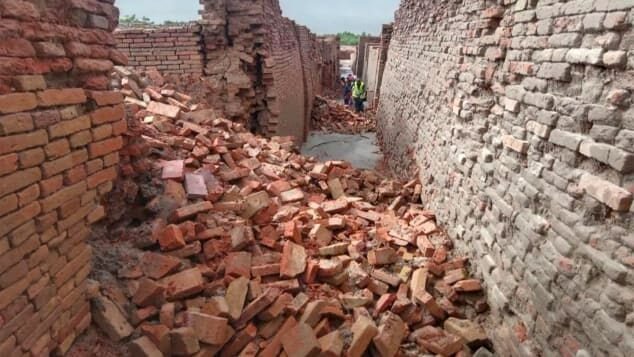As Pakistan suffers the worst floods in its history, one of the oldest preserved human settlements in the world has suffered significant damage from excessive rain.
Moenjodaro often spelled Mohenjo-Daro, is a World Heritage site located 508 kilometers (316 miles) from Karachi in the Indus River Valley. It was constructed in the Bronze Age, around 5,000 years ago.
In a letter to UNESCO from the Cultural, Tourism, & Antiquities Department of Singh state, curator Ihsan Ali Abbasi and architect Naveed Ahmed Sangah signed, they claim, “Unfortunately we observed the mass damage of the site.”
The letter continues by stating that nearby individuals whose homes had flooded were using the location as temporary housing.
According to the letter, “on humanitarian grounds, we provided them sanctuary in our apartments, parking lots, stores (and) ground floor of the museum.”
A third of Pakistan is presently thought to be underwater as a result of monsoon rains and water from melting glaciers.
The majority of the structures at Moenjodaro, which were found in the 1920s, are above ground and vulnerable to environmental harm. The letter from the site’s caretakers includes pictures that show crumbling brick walls and mud-covered ground.
It is impossible to overstate Moenjodaro’s importance as a historical and architectural site. Moenjodaro, the “most ancient planned city on the Indian subcontinent,” “bears extraordinary testament to the Indus civilization,” according to UNESCO, inscribed it to its registry in 1980.










